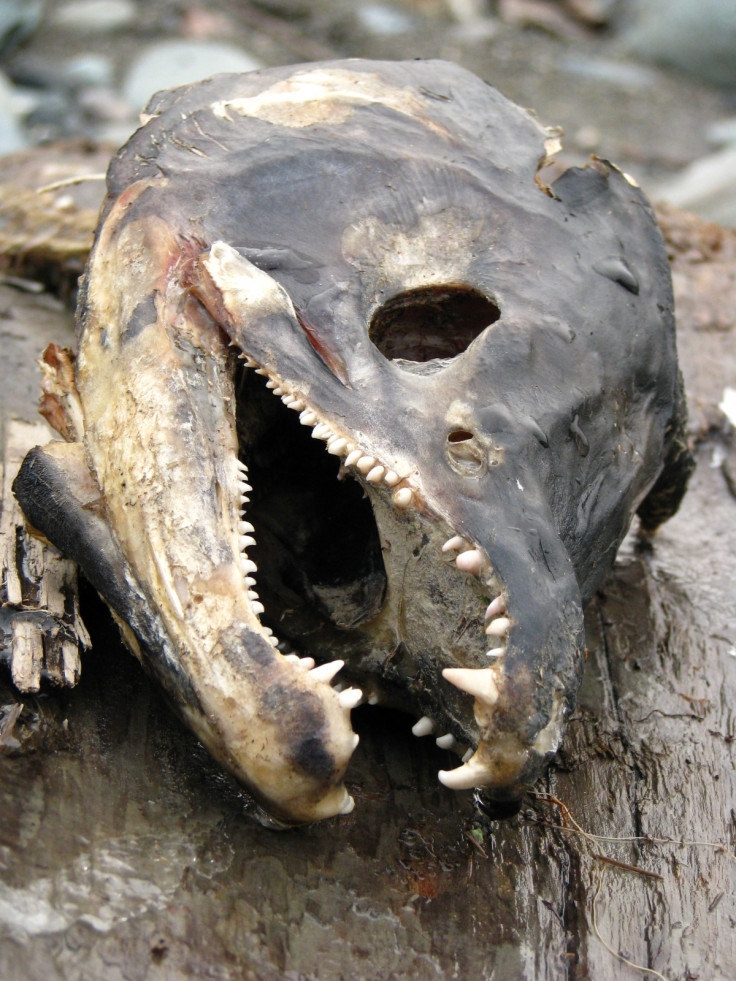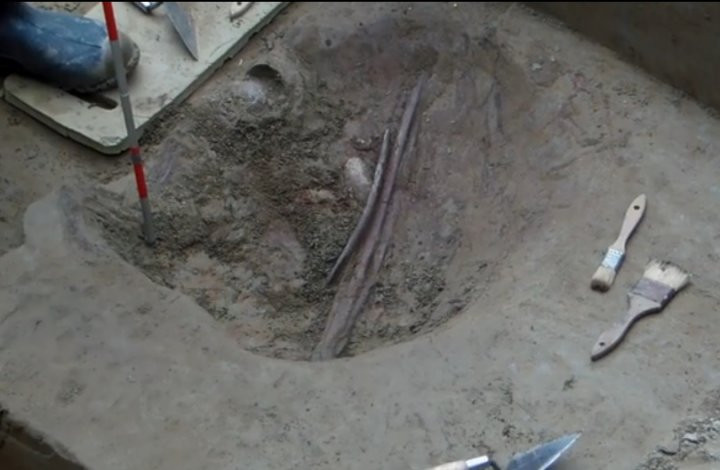Salmon fishing helped humans expand into North America 11,500 years ago

The first evidence of Paleoindian salmon fishing has been discovered at the ancient Alaskan site of Upward Sun River in a cooking hearth associated with the cremation of a three-year-old and double infant burial.
The 11,500-year-old fish bones were discovered by scientists from the University of Alaska Fairbanks. Researchers say it is the oldest evidence of salmon fishing in North America and has major implications for the expansion of Paleoindian expansion into North America.
Known as Beringians, the population reached North America from Siberia from land bridges that formed during Ice Ages.
Publishing their findings in the journal PNAS, scientists used DNA analysis to identify the fish bones as chum salmon. The presence of fish was seen unusual because this population is normally associated with big-game hunting. Fish bones are also often under-represented in the archaeological record because of the fragility of their skeletal elements and small size.
The bones were found in the hearth of a residential feature where the remains of three infants had previously been found. Two of the infants were found buried about 40cm beneath the hearth with unprecedented grave offerings including hunting tools. A third child was cremated in the hearth.

Scientists said the find suggests the population living there was facing food shortages. Researchers said the two separate burial events suggest a longer-term residential occupation of the site than previously expected, and the presence of fish indicating they lived there between June and August.
The current study suggests salmon could have represented a critical resource for these prehistoric foragers. It said: "Although the degree of reliance on salmon by early Beringians is currently unresolved, historically in subarctic Alaska, salmon were taken in great numbers in summer to early fall for drying and storing through the winter. The extent of salmon storage among early Beringians is also unknown, but chum are well suited for preservation because of their low oil content relative to other salmon species."
The researchers also say the find is noteworthy because the site is located 1,400km upriver from the coast, showing spawning salmon runs had been established by the end of the last Ice Age. They added: "The early availability and use of anadromous salmon has important implications for understanding Paleoindian economies and expansion into North America."
© Copyright IBTimes 2025. All rights reserved.






















